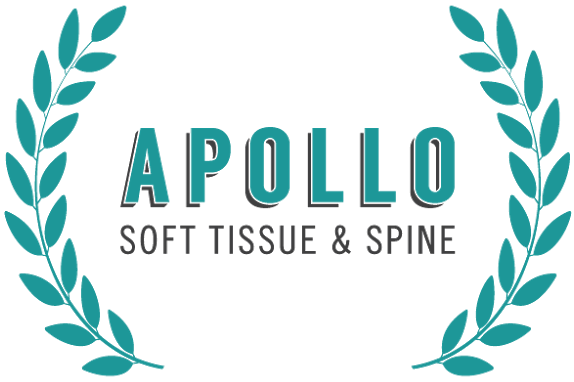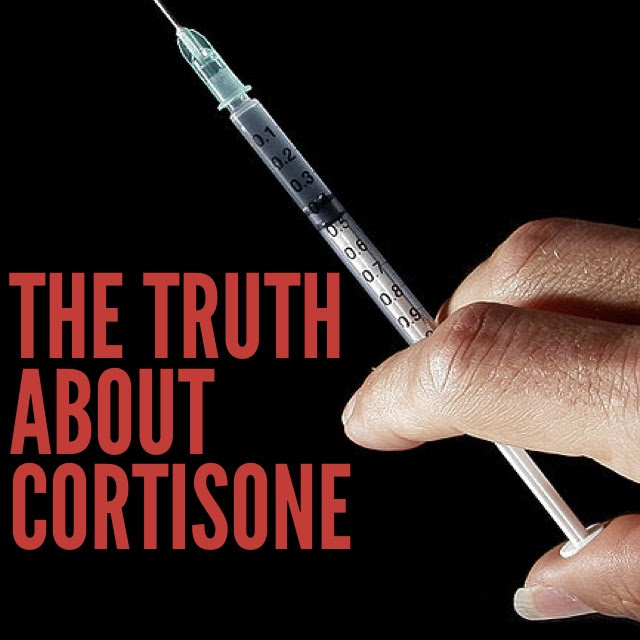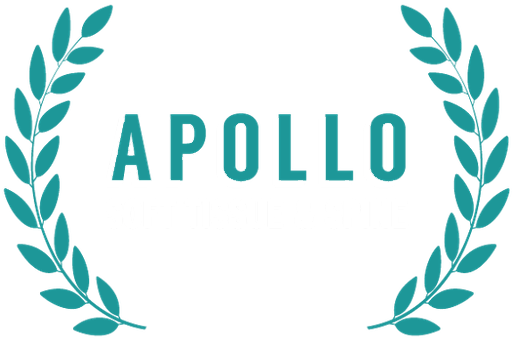Did you know that the invisible scars inside your body, known as adhesions, can be more troublesome than the ones you see? Internal scar tissue forms as the body heals after surgery or injury, affecting muscles, organs, and tissues. This fibrous tissue results from the body’s repair mechanism, producing collagen to mend the injured area, creating a dense mass that binds tissues together.
Understanding the long-term effects of internal scar tissue is crucial because persistent adhesions can cause chronic pain, discomfort, and functional issues. The dense tissue can restrict movement, compress nerves, and disrupt the normal functioning of organs and muscles. Depending on the scar’s location and severity, this is often where scar tissue pain occurs. Complications such as bowel obstructions, infertility, and reduced mobility can arise.
Anatomy of Scar Formation
When the body experiences surgery or injury, it quickly starts healing by forming scar tissue. First, a blood clot stops the bleeding and prevents infection. Then, an inflammatory response clears out dead cells and bacteria. Next, the body produces collagen, a strong protein that rebuilds the damaged area. This collagen forms a dense mass, eventually becoming scar tissue. Unfortunately, this process can sometimes affect the surrounding healthy tissue, leading to further complications and discomfort.
Several factors influence how internal scars develop. The severity and type of injury or surgery matter greatly—more extensive damage usually means more scar tissue. A person’s health and age also play roles; younger, healthier individuals tend to heal better. Genetics can make some people more prone to scarring. Lastly, proper wound care post-surgery or injury, like keeping the area clean and avoiding strain, can significantly impact scar formation.
Understanding Internal Scar Tissue
Internal scar tissue, or adhesions, can pose significant challenges long after surgery or injury. These adhesions can form in various body parts, leading to pain, restricted movement, and other complications.
Different Types of Internal Scarring
Internal scar tissue, or adhesions, can form in various ways. These scars can develop in muscles, around organs, or even within joints. Some common types include:
- Abdominal Adhesions: Often form after surgeries in the abdominal area, potentially causing pain or digestive issues.
- Pelvic Adhesions: Common in women, these can result from surgeries like C-sections or hysterectomies and might lead to fertility problems.
- Joint Adhesions: These can occur after joint surgeries or injuries, restricting movement and causing pain.
- Fibrosis: A thickening and scarring of connective tissue, often due to chronic diseases like pulmonary fibrosis.
How Internal Scarring Impacts Healing
Internal scarring can significantly affect the healing process and overall recovery. These adhesions can limit the movement of muscles and organs, causing severe pain and discomfort. For instance, abdominal adhesions can lead to bowel obstructions, while pelvic adhesions can cause chronic pelvic pain and infertility issues. Joint adhesions may restrict flexibility and movement, complicating rehabilitation and delaying full recovery. In some cases, laser therapy can be used to break down scar tissue, reducing its impact and aiding in a smoother recovery process.

Does Internal Scar Tissue Ever Disappear?
Many people wonder if internal scar tissue ever truly goes away. Let’s investigate what happens to internal scar tissue and the factors that influence its healing process.
Myth vs. Reality: Common Misconceptions
Many believe that internal scar tissue eventually disappears completely, but this is a misconception. While scar tissue can become less noticeable and may soften over time, it rarely vanishes entirely. Instead, it typically remains as a fibrous mass. However, certain therapies, like physical therapy and massage, can help make it more flexible and less problematic, demonstrating that scar tissue, though persistent, can be managed and its impact reduced.
Timeframe for Scar Tissue Resolution
The timeline for excessive scar tissue resolution varies greatly among individuals. Generally, internal scar tissue begins forming within days of surgery or injury and continues to mature over several weeks to months. Some may see improvements within a few months, while others might deal with persistent issues for years. Proper management, including physical therapy and other treatments, can speed up the process and improve outcomes, though it’s essential to have realistic expectations about the nature and persistence of scar tissue.
Factors Influencing Scar Tissue Persistence
The persistence of scar tissue depends on medical procedures and individual healing. Extensive cutting or tissue manipulation in surgery tends to create more scar tissue, while minimally invasive methods often result in less scarring. Individual healing variations also play a crucial role; age, genetics, overall health, and post-operative care significantly impact scar tissue formation.
Younger, healthier individuals typically heal more efficiently, while others may experience more persistent scar tissue. Proper wound care and physical therapy post-surgery are essential in minimizing scar tissue, underscoring the need for personalized recovery plans.
Risks Associated with Persistent Scar Tissue
Persistent scar tissue can seriously affect organ functionality and long-term health. Scar tissue can restrict the movement of muscles and organs, leading to chronic pain and discomfort. For instance, abdominal adhesions can cause bowel obstructions, while scar tissue in the pelvic region can lead to infertility and chronic pelvic pain. Joint adhesions can limit mobility and flexibility, complicating rehabilitation efforts. Over time, these issues can significantly impact a person’s quality of life, leading to ongoing health problems and the need for additional medical interventions.
Managing Persistent Internal Scar Tissue
Managing persistent internal scar tissue often requires medical interventions. Treatments can include physical therapy to improve mobility and decrease pain, corticosteroid injections to decrease inflammation, and in severe cases, surgical removal of scar tissue. Each approach aims to minimize the impact of adhesions and improve overall function. Steroid injections can help reduce inflammation and pain, making it easier for patients to engage in physical therapy and other rehabilitation activities.
Regular exercise, a healthy diet, and proper hydration can support the body’s healing process. Techniques such as yoga and stretching can help maintain flexibility and reduce the stiffness associated with scar tissue. Consistent self-care routines and following medical advice are essential for long-term management and improved quality of life.
Alternative Therapies for Scar Tissue Reduction
While traditional medical interventions are essential for managing scar tissue, alternative therapies can also significantly reduce adhesions and improve overall healing. Let’s explore some effective physical therapy techniques and herbal remedies that can complement your treatment plan.
Physical Therapy Techniques
Physical therapy offers various techniques to reduce scar tissue. Methods such as massage, stretching, and specialized exercises can help break down adhesions, improve flexibility, and reduce pain. Techniques like myofascial release and ultrasound therapy target deeper tissues, promoting better mobility and function.
Herbal and Natural Remedies
Herbal and natural remedies can also aid in scar tissue reduction. Remedies such as aloe vera, vitamin E, and essential oils like lavender and frankincense are believed to promote healing and soften scar tissue. Additionally, supplements like bromelain and turmeric, known for their anti-inflammatory properties, can support the body’s natural healing process and reduce the formation of excess scar tissue.

Importance of Post-Surgery Rehabilitation
Post-surgery rehabilitation minimizes scar tissue formation and ensures a smooth recovery. Physical therapy is vital in this process, offering exercises and techniques to enhance mobility, reduce pain, and break down existing scar tissue. Preventative measures, such as early mobilization, proper wound care, and consistent follow-up with healthcare providers, can significantly reduce the risk of excessive scar tissue. Adopting these practices helps patients regain function more quickly and prevents long-term complications associated with internal adhesions.
Psychological Impact of Persistent Scar Tissue
Coping strategies for patients include seeking counseling or therapy to address emotional distress, practicing mindfulness and stress-reduction techniques, and staying informed about their condition to feel more in control. Support systems and resources, such as patient support groups, online forums, and educational materials provided by healthcare professionals, can offer invaluable emotional support and practical advice. These resources help patients navigate their journey, reducing feelings of isolation and empowering them to manage their condition more effectively.
Summary of Key Findings
The persistence of internal scar tissue is influenced by various factors, including surgical techniques, individual healing variations, and post-operative care. Recognizing the potential risks, such as adverse effects on organ functionality and long-term health, underscores the importance of effective management strategies.
Medical interventions, lifestyle modifications, and alternative therapies play important roles in reducing scar tissue impact. For patients, understanding and addressing the psychological effects is essential for overall well-being. Healthcare providers must emphasize personalized care plans and support systems to help patients navigate the challenges of persistent scar tissue, ensuring better health outcomes and quality of life.





